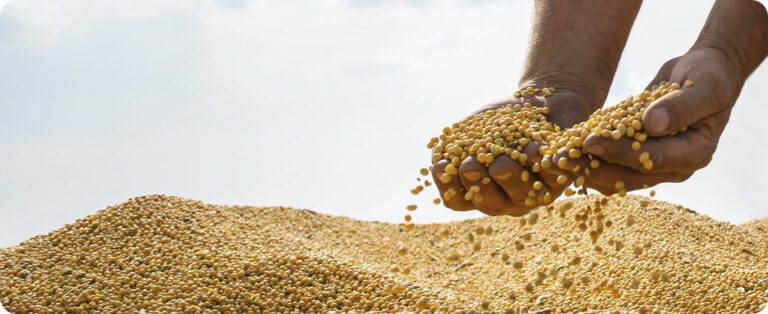Repeating the scenario from the first four months of last year, cellulose and soybeans were consolidated as the main products exported by Mato Grosso do Sul, between January and April 2020. Data from the Ministry of Development, Industry and Foreign Trade, indicate that the oilseed, alone, generated more than US$ 524 million. According to the Association of Soybean and Corn Producers of MS (Aprosoja/MS), the pandemic did not prevent the advancement of sales and agriculture will support several other activities.
“The recovery is already taking place. The rural sector did not stop producing during this period of quarantine and all pre- and post-planting operations are in operation, helping several sectors to continue operating. We believe we are at full steam”, explains the President of Aprosoja/MS, André Figueiredo Dobashi, when considering climatic factors as challenges for crops.
According to Renata Farias Ferreira da Silva, economist at Aprosoja/MS, in April this year there was an increase in soybean exports of around 104 thousand tons, an increase of 15% compared to March. Comparing to April 2019, the increase was even greater, 38%. “Mato Grosso do Sul usually presents lower export rates in the months following March, this does not demonstrate a market in crisis, just a trend already known due to external factors, such as weather and the beginning of the off-season. But in 2020 we were faced with an increase in exports, a fact that demonstrates a sector in full activity and with positive prospects for serving the domestic and foreign markets”, points out Renata.
As for corn, according to Aprosoja/MS, the drop in exports was not surprising, due to the strong movement that occurred in 2019. “The historical analysis of the curve shows us that 2019 was a record year in exports, with 2.65 million tons sent abroad, while in 2018 we did not exceed 594 thousand tons exported. Given this high export in 2019, there was no significant stock to be exported at the beginning of 2020 and we should only resume this export after the harvest of the 2nd corn crop that is under development”, explains Renata.
In Dobashi's assessment, if the rainy season continues, like the one that occurred in recent days, despite the planted area being smaller, we may have a reestablishment of productivity, which still depends on the non-occurrence of frosts that could harm the end of the harvest.
Source: agrolink
READ TOO
{module 441}
{module 442}












